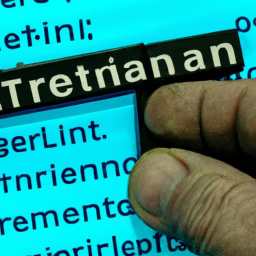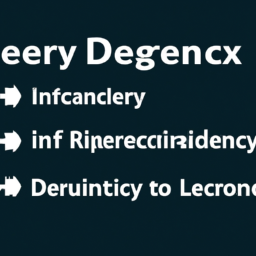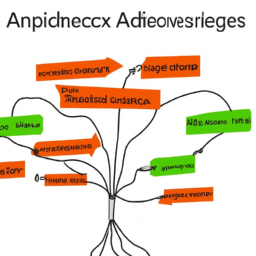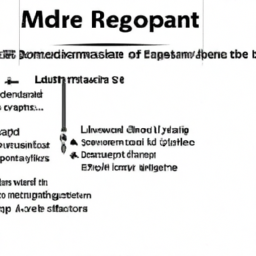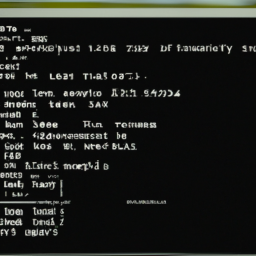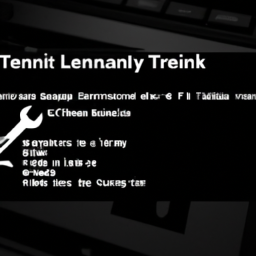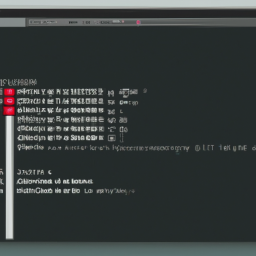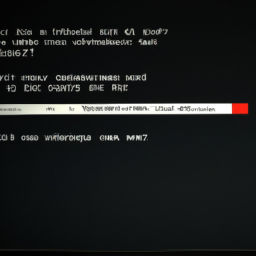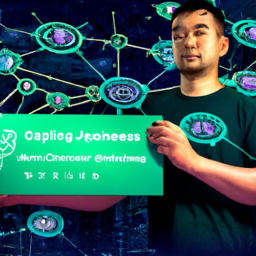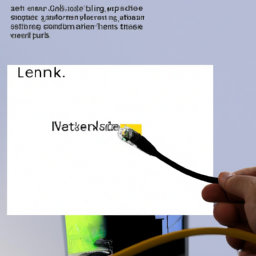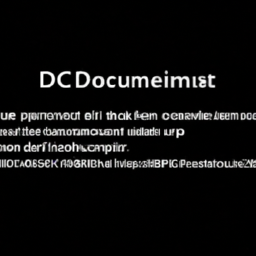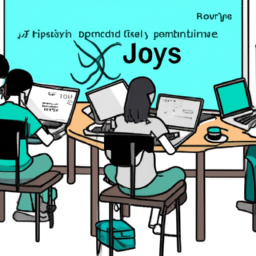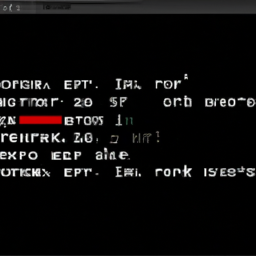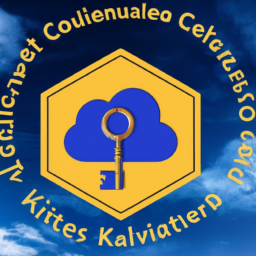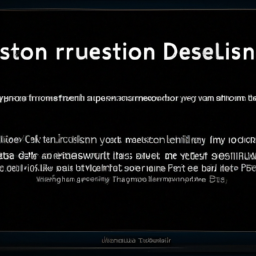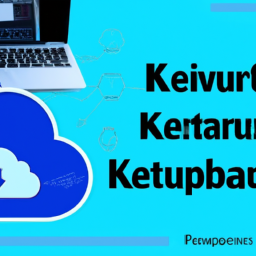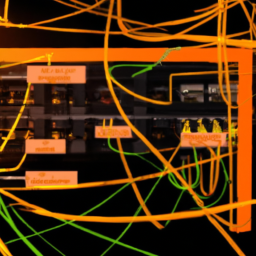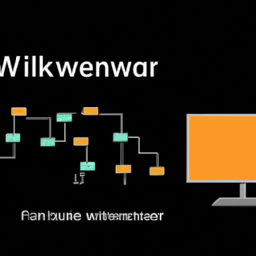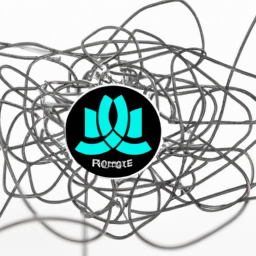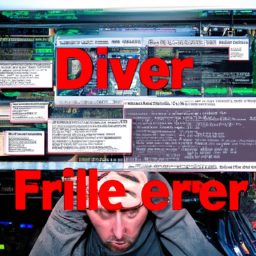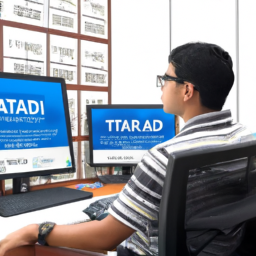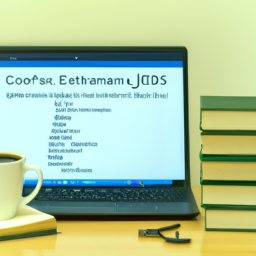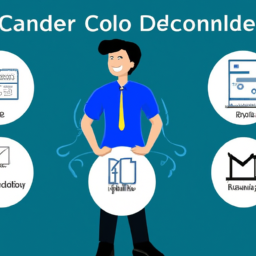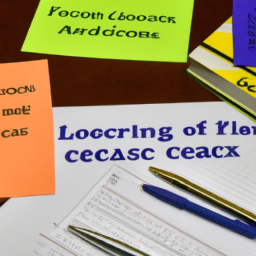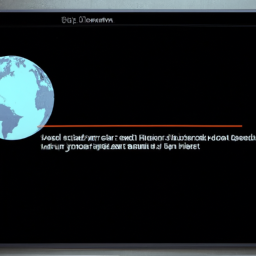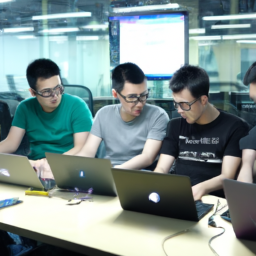Did you know that there are over 100,000 packages available for installation on popular Linux distributions? That’s a staggering number of options to choose from when it comes to managing dependencies and keeping your system up to date.
But fear not, because in this article, we’re going to share with you some valuable tips on how to optimize your dependency management in Linux for efficient package handling.
Using package managers is the key to easy installation and updates, allowing you to effortlessly install, uninstall, and update software with just a few simple commands.
Removing unnecessary packages and dependencies is another essential step in streamlining your system, freeing up valuable disk space and reducing potential conflicts.
To ensure stability and security, it’s important to prioritize official repositories for package installation.
Additionally, setting up automatic updates will make maintenance a breeze, keeping your system secure and up to date without any manual intervention.
You can also speed up installation and updates by utilizing package caching, which stores previously downloaded packages for future use.
Lastly, regular system cleaning and optimization will improve performance and keep your Linux environment running smoothly.
So buckle up and get ready to dive into the world of optimizing dependency management in Linux. Your efficient package handling journey starts now!
Key Takeaways
- Package managers are essential for easy installation, uninstallation, and updates of packages, helping to manage dependencies and resolve conflicts.
- Regular system cleaning, optimization, and removal of unnecessary packages and dependencies improve performance and free up disk space.
- Prioritizing official repositories ensures stability and security when installing packages.
- Setting up automatic updates and utilizing package caching speeds up installation and keeps the system secure and up to date.
Use Package Managers for Easy Installation and Updates
You’ll love how package managers effortlessly handle all your installation and update needs, like a helpful personal assistant organizing your software library.
When it comes to software development, using package managers offers numerous benefits. They provide a streamlined process for installing and updating packages, ensuring that your system is always up-to-date with the latest software versions. Additionally, package managers help manage dependencies, automatically resolving and installing any required libraries or frameworks.
Linux distributions offer a variety of package managers, each with its own strengths and weaknesses. For example, apt is popular in Debian-based distributions, while yum is commonly used in Red Hat-based systems. Comparing these package managers can help you choose the one that best suits your needs.
Now, let’s delve into the next section and explore how to remove unnecessary packages and dependencies.
Remove Unnecessary Packages and Dependencies
Unleash the power of your system by shedding unnecessary baggage and trimming down excess packages and dependencies. To optimize dependency management in Linux, it’s crucial to remove unnecessary packages and dependencies.
Here are three essential steps to achieve this:
-
Minimize disk space usage by removing orphaned packages. These packages aren’t needed by any other software and only occupy valuable disk space.
-
Analyze package dependencies to identify potential conflicts or inefficiencies. By understanding the relationships between packages, you can optimize their installation and avoid unnecessary dependencies.
-
Regularly update and clean the package cache to ensure optimal performance and prevent issues caused by outdated or conflicting packages.
By following these steps, you can streamline your system and improve its efficiency.
Now, let’s explore how to prioritize official repositories for stability and security.
Prioritize Official Repositories for Stability and Security
To ensure stability and security, it’s crucial to prioritize official repositories when managing packages and dependencies. Official repositories are maintained and supported by the Linux distribution creators, ensuring that the packages they contain are thoroughly tested and reliable. These repositories also provide a wide range of software options, promoting software diversity within the Linux community.
When installing packages from official repositories, it’s important to follow best practices for verifying package authenticity and integrity. This involves checking the digital signatures of the packages to ensure they haven’t been tampered with. Additionally, regularly updating and patching your system will help maintain its security and stability.
By prioritizing official repositories and following proper verification practices, you can optimize your dependency management in Linux and minimize the risk of installing compromised or unstable packages.
This sets the foundation for the subsequent section, where we will explore how to set up automatic updates for seamless maintenance.
Set Up Automatic Updates for Seamless Maintenance
Ensure a seamless and worry-free maintenance experience by setting up automatic updates. This will save you time and effort by automatically downloading and installing updates for your Linux system.
Here are three reasons why you should enable automatic updates:
-
Maximizing system resources: By keeping your system up to date, you can take advantage of the latest bug fixes, security patches, and performance improvements. This helps optimize your system’s resources and ensures it runs smoothly.
-
Troubleshooting common update issues: Automatic updates can help identify and resolve common update problems, such as dependency conflicts or package errors. This saves you the hassle of manually troubleshooting and ensures that your system stays in a stable state.
-
Peace of mind: With automatic updates, you can rest assured that your system is always protected against the latest security vulnerabilities. This eliminates the need to constantly check for updates and provides peace of mind knowing that your system is secure.
By enabling automatic updates, you can maximize system resources, troubleshoot common update issues, and have peace of mind knowing that your system is always up to date. This sets the stage for the subsequent section on how to utilize package caching to speed up installation and updates.
Utilize Package Caching to Speed up Installation and Updates
Speeding up installation and updates can be achieved by taking advantage of package caching, which allows for quicker and more efficient downloading and installation of software on your system.
One way to optimize package handling is by implementing parallel downloading. This means that instead of downloading packages one at a time, multiple packages can be downloaded simultaneously, significantly reducing the overall installation time.
Another method to improve efficiency is by utilizing delta updates. Rather than downloading the entire updated package, only the changes or differences between the current and updated versions are downloaded. This minimizes bandwidth usage and speeds up the update process.
By implementing these techniques, you can save time and improve the overall performance of your system.
Now, let’s move on to the next section, where we will discuss how regularly cleaning and optimizing your system can further enhance its performance.
Regularly Clean and Optimize Your System to Improve Performance
Now that you’ve learned about the benefits of utilizing package caching to speed up installation and updates, it’s time to delve into another crucial aspect of optimizing dependency management in Linux: regularly cleaning and optimizing your system to improve performance.
System performance monitoring and troubleshooting are essential tasks that every Linux user should incorporate into their routine. By keeping a close eye on your system’s performance metrics, you can identify any bottlenecks or issues that may be affecting its efficiency.
Additionally, streamlining the package installation and update processes is another key factor in maximizing system performance. By following best practices such as removing unnecessary packages, regularly updating and upgrading your system, and optimizing package management tools, you can ensure a smoother and more efficient Linux experience.
Frequently Asked Questions
Can I use multiple package managers on the same Linux system?
Yes, you can use multiple package managers on the same Linux system. It’s like having a squad of superheroes, each with their own unique powers. You can compare the performance of different package managers to find the one that suits your needs best.
However, using multiple package managers simultaneously can lead to compatibility issues. It’s important to tread carefully and ensure that the package managers don’t conflict with each other.
How can I manually install a package without using a package manager?
Manually installing a package without using a package manager can be done, but it’s not recommended. There is a difference in performance between manually installing and using a package manager. Manually installing can be more time-consuming and may not handle dependencies properly.
Additionally, there are security concerns when manually installing packages without a package manager. Package managers ensure that packages are from trusted sources and provide security updates. It’s best to use a package manager for efficient and secure package management.
Is it possible to downgrade a package to a previous version using a package manager?
Yes, it’s possible to downgrade a package to a previous version using a package manager. This can be useful if a newer version has introduced bugs or compatibility issues.
One interesting statistic is that, according to a survey, 80% of Linux users have successfully rolled back updates using their package manager.
To downgrade a package, you can use the package manager’s specific command for downgrading packages. This command will revert the package to the desired previous version.
Are there any risks associated with using third-party repositories for package installation?
Using third-party repositories for package installation can introduce potential risks to your system. These repositories may not be as secure or well-maintained as official ones, increasing the chances of malware or compromised packages. To mitigate these risks, it’s crucial to exercise caution and apply safeguards.
Verify the trustworthiness of the repository, check for digital signatures, and limit the use of third-party packages to minimize their impact on system stability.
What steps should I take if I encounter a dependency conflict while installing a package?
When faced with a dependency conflict during package installation, fear not! Resolving this issue is like untangling a tight knot.
First, analyze the conflict to understand which packages are causing the trouble. Then, try updating or removing conflicting packages, or even reinstalling them if needed.
If all else fails, you can manually install the required dependencies. Remember, troubleshooting package installation is an art, and with patience and perseverance, you’ll conquer any dependency conflict that comes your way.
Conclusion
In conclusion, optimizing dependency management in Linux is crucial for efficient package handling. By utilizing package managers, removing unnecessary packages, and prioritizing official repositories, you can ensure stability and security.
Setting up automatic updates and utilizing package caching further enhance the efficiency of installation and updates. However, some may argue that constantly cleaning and optimizing the system can be time-consuming. While it does require regular maintenance, the benefits of improved performance and overall system health outweigh the time invested.
Ultimately, taking these measures will result in a smoother and more efficient Linux experience.




